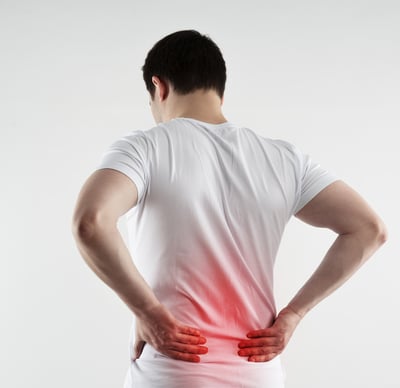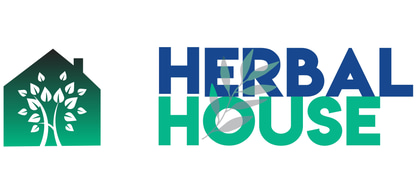BACK PAIN
Back pain can occur in the lower, middle, or upper back. It can be constant or related to specific postures or movements. It may present locally or radiate down to the legs.


AYURVEDIC VIEW OF BACK PAIN
In Ayurveda, back pain is classified under Vata Vyadhi. It can be termed as Kati Graha, Sandhigatha Vata, or Viswachi, or involve Vata vitiation in the Pakwashaya (large intestine). The vitiation of Vata dosha along with Kapha or Pitta or blockage of Vata by other doshas or Ama (toxic by-products of improper digestion) leads to back pain. Various factors, such as depletion of Dhatus (tissues), cold, dehydration, habitual consumption of Vata aggravating foods, heavy work, suppression of natural urges, and travel, contribute to Vata aggravation.
AYURVEDIC VIEW OF BACK PAIN
In the UAE, the most common cause of back pain is prolonged sitting. Long hours of driving, traveling, sitting at work without breaks, lack of exercise, lifting heavy weights without proper back support, and Vitamin D deficiency are also contributing factors.
Muscle Spasm in Ayurveda
Muscle spasms (muscle cramps) are painful contractions and tightening of the muscles. These can range from minor aches to severe, agonizing pain and stiffness in the affected area.
Lumbar Spondylosis in Ayurveda
Lumbar spondylosis is the degeneration of the vertebrae and discs of the lower back. It can cause back pain, stiffness, and radicular symptoms.
Ankylosing Spondylitis in Ayurveda
Ankylosing spondylitis (AS) is a type of arthritis that affects the joints in the spine. It usually develops in the sacroiliac joints (where the bottom of the spine joins the pelvis) and can lead to stiffness, pain, or loss of range of motion.
Sciatica in Ayurveda
Sciatica is nerve pain caused by injury or irritation to the sciatic nerve. Symptoms include pain, tingling, or numbness in the back or buttocks, which may radiate down the leg.
Lumbago in Ayurveda
Lumbago refers to sudden, stabbing back pain that typically affects the lower back. It is usually caused by muscle tension due to sudden movements or improper strain on the spine.
Spondylolisthesis in Ayurveda
Spondylolisthesis occurs when one of the vertebrae slips out of position, putting pressure on the vertebrae below and causing back pain and other symptoms.
Intervertebral Disc Bulge/Prolapse/Herniation in Ayurveda
A bulging disc occurs when the inner soft portion of the intervertebral disc protrudes through the outer fibrous wall. Disc bulges can pressure surrounding nerve roots, leading to pain radiating down the back and other areas of the body depending on the disc’s location within the spinal column.
Symptoms
Little or no pain if the disc is the only tissue injured
Pain radiating into regions served by affected nerve roots
Undefined pains in the thighs, knees, or feet
Numbness, tingling, muscular weakness, and paralysis
If the disc is herniated in the lumbar region, the patient may experience continuous pain or pain in a specific position of the body.
AYURVEDIC TREATMENT FOR BACK PAIN
Ayurvedic treatment focuses on alleviating Vata dosha and opening the blocked channels for the free flow of Vata. This is achieved through herbal medicines and detoxification therapies.
Lepanam
Ilakizhi
Kati Vasthi
Dhanyamladhara
Abhyangam
Virechanam
Podikizhi
Naranga Kizhi
Bandhanam
Pizhichil
Vasthi
